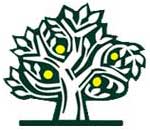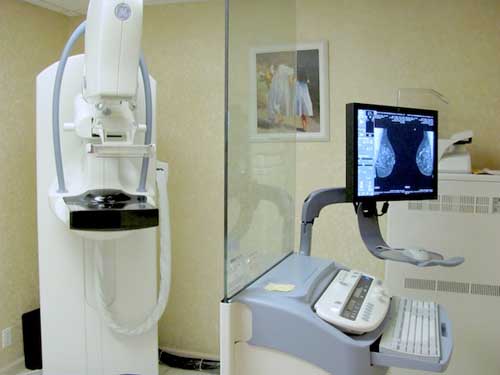
|
|
|
||
| Our Pages ABOUT CONSTITUTIONAL MEDICINE
|
The article copied below was reported in ABC news in September 2012. Young women at high familial risk for breast cancer may see an even greater risk from diagnostic scans that expose them to chest radiation, including mammograms, researchers found. Any diagnostic use of radiation before age 30 increased breast cancer risk by 90 percent for carriers of BRCA1 or BRCA2 mutations, according to a retrospective analysis of three nationwide cohorts in Europe by Flora E. van Leeuwen of the Netherlands Cancer Institute in Amsterdam, and colleagues. A history of mammography before age 30 also tended to raise the risk by 43 percent, a finding that persisted with adjustment for family history as an indication, although without statistical significance, the group reported online in BMJ. If all carriers had one mammogram before age 30, the number developing breast cancer by age 40 would rise from nine to 14 out of every 100. "The results support the use of non-ionizing radiation imaging techniques (such as MRI) for surveillance in young with BRCA1/2 mutations," they wrote. These breast cancer risk-associated mutations impair the body's ability to fix double-strand breaks in DNA caused by ionizing radiation. While carriers of BRCA1/2 mutations were thus thought to have heightened radiosensitivity, prior studies suggested much higher thresholds for risk. Van Leeuwen's group analyzed radiation exposure in 1,993 adult women, whose pathogenic BRCA1 or BRCA2 mutation was discovered through testing at a genetic clinic. They were recruited into the GENE-RAD-RISK project through national cohort studies in France, the U.K., and the Netherlands from 2006 to 2009. In the entire cohort, 65 percent were BRCA1 carriers while 35 percent were BRCA2 carriers.Women self-reported lifetime exposure to fluoroscopy, conventional x-rays or CT scans of the chest or shoulders, mammography, and other diagnostic procedures like bone scans involving the chest or shoulders. Breast cancer risk rose with the cumulative dose of radiation, for a significant 3.84-fold elevated risk in women with a dose over 0.0174 Gy (near the combined mean of 0.0140 Gy). Exposure to more than the relatively low dose of 0.0066 Gy before age 20 yielded a similar 3.16-fold increase in breast cancer risk among the mutation carriers, though the impact wasn't significant for exposure during their 30s. Almost half of the women had a radiograph at some point, with a median of 2.5 before age 40. A higher number of radiographs before age 20 also showed a dose-response curve to breast cancer risk in BRCA1 or BRCA2 carriers. More than four chest or shoulder x-rays boosted the hazard ratio to 1.83 if before age 30 and to 2.04 from ages 30 to 39. Mammograms were also common, with a median of 2.4 scans before age 40. Greater exposure to mammography in young women likewise showed a significant trend without statistically significant point estimates for risk with exposure before age 30. "We were concerned that this latter association might be attributed to confounding by indication -- that is, self selection for early mammography in carriers with a strong family history of breast cancer," the researchers acknowledged. However, the cumulative breast dose remained linked to breast cancer risk even after excluding women who had mammography from a sensitivity analysis.
|
|
|
|
© 2011 R.J.Whelan Ltd

